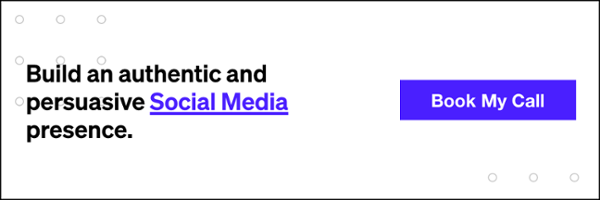The alignment of paid and organic media can make or break a company’s social media image. Content strategy is shifting and the balance between paid posts on Facebook and organic content requires planning and communication.
Organic Social
Differentiating between the purpose of posts is the first step. Organic social is the perfect tool for brand building. Allowing for interaction between the brand and the customer creates a stronger, more loyal relationship. The thought is not to bombard Facebook followers with promotional content. Instead, think of it as portraying the lifestyle of your brand through posts. A firm goes from just a name to a personality. Try posting articles, helpful tips, funny or entertaining posts, or inspirational quotes. Let your customers engage with the brand.
Give them a reason to connect on a more personal level. The objective is engagement and, therefore, posts should follow the 80%, 20% rule. That being 80% of posts should be fun, enhancing page value and 20% can be sales oriented. Comment control is also a huge aspect of maintaining a trusting page. When there are negative comments on posts, viewers who read them will lose confidence in your brand. Comment control is as simple as periodically scrolling through to “hide” or “delete” comments. Strengthening organic social is the cheapest, yet effective avenue for brand growth.
Related: Organic Boosted Posts vs. Facebook Ads – What’s the Difference?
Paid Social
Now, Paid- Social is where you can tap into your budget. Ads target demographics of your choice in order to optimize positive interaction. This means you can send one ad to men and then a different one towards women. You can categorize the targeted viewers by age, location, interests, gender, and even by their past engagement.
Another targeting advantage is choosing an objective for your advertisement. Examples would include growing website traffic, gaining leads, increasing purchases, engagement, or views. Facebook uses your goal to optimize your ad by sending it to users who are more likely to act in alignment with that objective.
There is no better way to advertise specific products or services than to the very people who are most likely to purchase them- a great way to get new users eyes on your brand, especially if your company is young and you are trying to grow your following.


















